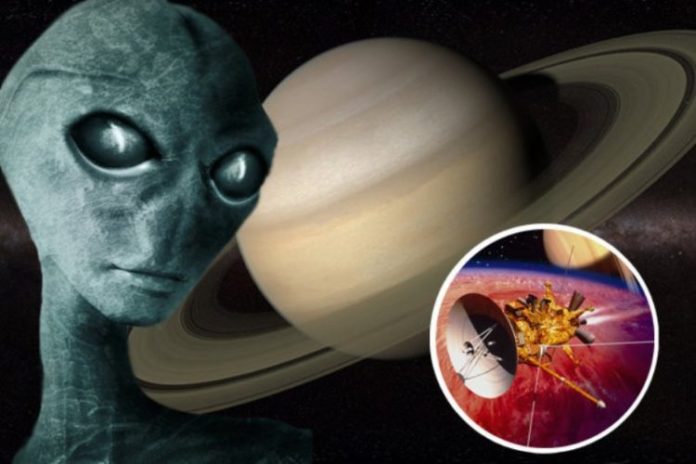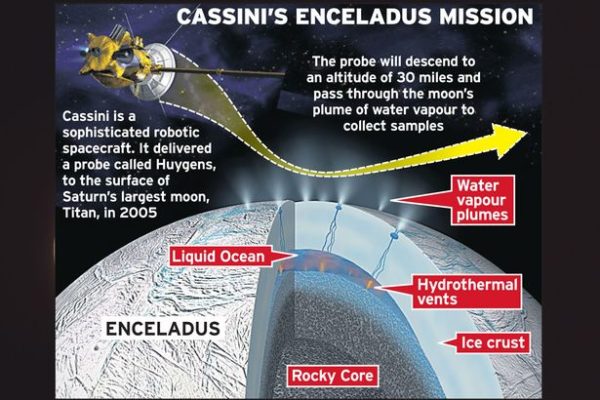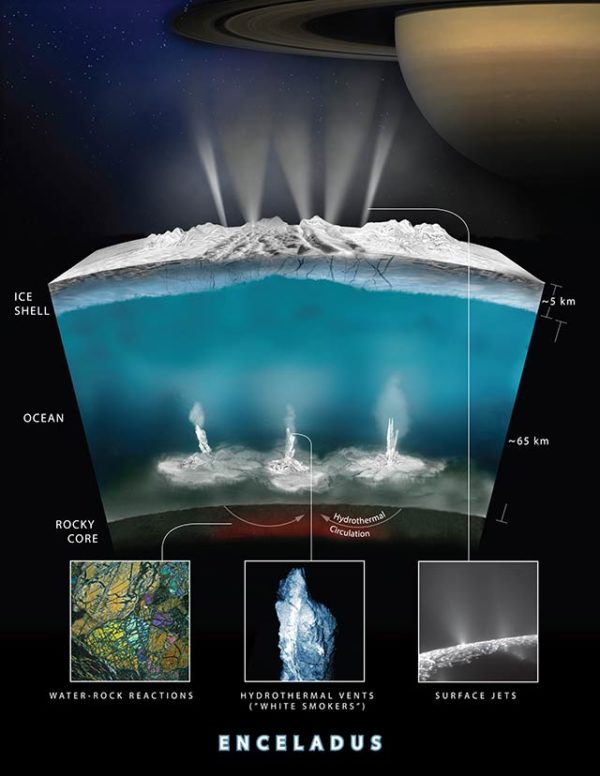
In November 2016, the National Aeronautics and Space Administration (NASA) announced it was unable to rule out possible alien life somewhere in the universe. This was after the space agency discovered methane gas on Mars in data analyzed.
NASA said intriguing ‘burps’ of methane were recorded by the Curiosity Rover, predicting that the gas may have been produced by bacteria on Mars. Most methane on Earth is produced as a waste gas by living organisms, but there are many non-biological processes that can also generate the gas.
Since the announcement by NASA, space researchers and all those interested in finding alien life in our solar system have been on high alert. In fact, some conspiracy theorists even suspect NASA has clear evidence that life exists somewhere in the universe apart from Earth, but that it is deliberately keeping information from the public to avoid panic.
However, NASA has added to this conspiracy with their latest announcement. The space agency has said all necessary conditions needed to support life have been found on one of the moons that orbits Saturn.
The specific moon where this stunning discovery was made is called Enceladus. Enceladus is estimated to be about 887 million miles away from the Sun. It has chemicals that when found on Earth tend to indicate life, suggesting there might be living things under its icy shell. NASA therefore concluded that there might be alien life on Enceladus.
The Independent reports that space researchers have long suspected Enceladus as one of the prime candidates for life within the solar system. This suspicion is as a result of subsurface ocean that covers Enceladus’ entire body. NASA’s latest discovery on Enceladus shows that it has a chemical energy source capable of supporting life.
NASA explained that its new findings came from the Cassini spacecraft, which flew through a huge plume of water that was shot out of the surface of Enceladus in 2015. As it did, the spacecraft took readings of the water and sent them back to Earth for analysis.
During the analytical stage of the data, NASA researchers found evidence of molecular hydrogen in the jets of vapor. The researchers who analyzed the data said the molecular hydrogen detected could only plausibly have come from hydrothermal reactions between hot rocks and water underneath the Enceladus’ icy crust.
According to the researchers, this same process provides energy for the ecosystems found around hydrothermal vents on Earth. The hydrogen serves as an especially good food, and some of the most ancient life forms on Earth use it for fuel. The researchers theorized that the kind of life that may live on Enceladus would likely eat the hydrogen and then release methane. Methane gas was also detected on Enceladus – just like on Mars.
To add to the belief that Enceladus sustains life, further analysis of the data revealed the material Cassini flew through also included large amounts of carbon dioxide. Molecular hydrogen and carbon dioxide are critical for the process of methanogenesis – a reaction that sustains microbes in similar dark, undersea environments on Earth.
The researchers said they think that three ingredients are needed for life on a planet: water, organic molecules and a source of energy. The first two have been detected on Enceladus before, but the new discovery means that all three key components are there, with the addition of a fuel source for keeping the life form alive.
According to the researchers, this discovery means humanity should send a mission specifically to Enceladus to hunt for signs of alien life, and even if possible, to spot and witness them.
“Confirmation that the chemical energy for life exists within the ocean of a small moon of Saturn is an important milestone in our search for habitable worlds beyond Earth,” said Linda Spilker, Cassini project scientist at NASA’s Jet Propulsion Laboratory in Pasadena, California.
“We now know there’s not only a warm, wet environment – we now realize there’s food for life, There’s fuel for an ecosystem on Enceladus,” said Professor Lewis Dartnell, an astrobiology researcher at the University of Westminster, adding that some really profound discoveries are awaiting us.
Does this mean it’s time to start taking people like Professor Stephen Hawking seriously? The theoretical physicist said in 2010 that alien life is real; warning that humanity should not make contact with aliens because it will bring doom to the human race living on Earth.
According to Hawking, in a universe with 100 billion galaxies, with each containing hundreds of millions of stars, it is unlikely that Earth is the only place where life has evolved. He said his brain has rationalized that there is life somewhere else in the universe apart from what exists here on Earth.
“To my mathematical brain, the numbers alone make thinking about aliens perfectly rational. The real challenge is working out what aliens might actually be like,” Professor Hawking said.
This article (NASA: All Conditions Necessary for Life on Saturn’s Moon, Hints Alien Life Discovery Close) is a free and open source. You have permission to republish this article under a Creative Commons license with attribution to the author and AnonHQ.com.
Supporting Anonymous’ Independent & Investigative News is important to us. Please, follow us on Twitter: Follow @AnonymousNewsHQ










Who cares unless intellegent life found